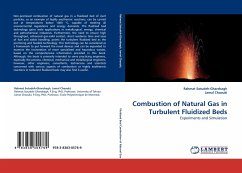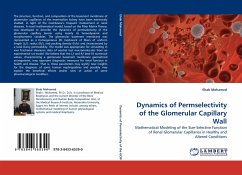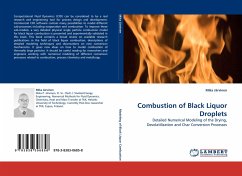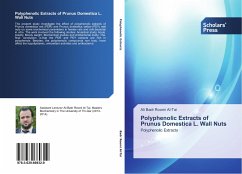
Numerical Modeling of Wall Effects in Lean Combustion
Simulations using the fuels hydrogen and methane with detailed reaction mechanisms in the gas-phase and on the surface
Versandkostenfrei!
Versandfertig in 6-10 Tagen
32,99 €
inkl. MwSt.

PAYBACK Punkte
16 °P sammeln!
Better understanding of combustion near walls has a significant interest in lean combustion using large excess of air, for example in the internal combustion engine concept Homogeneous Charge Combustion Ignition (HCCI). In this work numerical simulations have been conducted to study different aspects of wall effects in the combustion of lean, premixed, hydrogen and methane fuel/air mixtures. The simulations have been performed with the program CRESLAF, a part of the CHEMKIN software. The wall effects must be analyzed with respect to the complicated nature of the combustion process. I the near ...
Better understanding of combustion near walls has a
significant interest in lean combustion using large
excess of air, for example in the internal
combustion engine concept Homogeneous Charge
Combustion Ignition (HCCI). In this work numerical
simulations have been conducted to study different
aspects of wall effects in the combustion of lean,
premixed, hydrogen and methane fuel/air mixtures.
The simulations have been performed with the program
CRESLAF, a part of the CHEMKIN software. The wall
effects must be analyzed with respect to the
complicated nature of the combustion process. I the
near wall boundary layer, transport of momentum,
heat and mass are done in a manner that may affect
the hundreds of elementary chemical reaction steps.
In addition, the wall may be chemically active and
lead to termination of radical chains, or through
catalytic reactions that may emit products from the
wall and retard the homogeneous reactions. The
results presented in this work may be used by
designers of combustors and microchannel
reactors,where calculations cannot give accurate
results unless the effects of the walls are
accounted for.
significant interest in lean combustion using large
excess of air, for example in the internal
combustion engine concept Homogeneous Charge
Combustion Ignition (HCCI). In this work numerical
simulations have been conducted to study different
aspects of wall effects in the combustion of lean,
premixed, hydrogen and methane fuel/air mixtures.
The simulations have been performed with the program
CRESLAF, a part of the CHEMKIN software. The wall
effects must be analyzed with respect to the
complicated nature of the combustion process. I the
near wall boundary layer, transport of momentum,
heat and mass are done in a manner that may affect
the hundreds of elementary chemical reaction steps.
In addition, the wall may be chemically active and
lead to termination of radical chains, or through
catalytic reactions that may emit products from the
wall and retard the homogeneous reactions. The
results presented in this work may be used by
designers of combustors and microchannel
reactors,where calculations cannot give accurate
results unless the effects of the walls are
accounted for.












